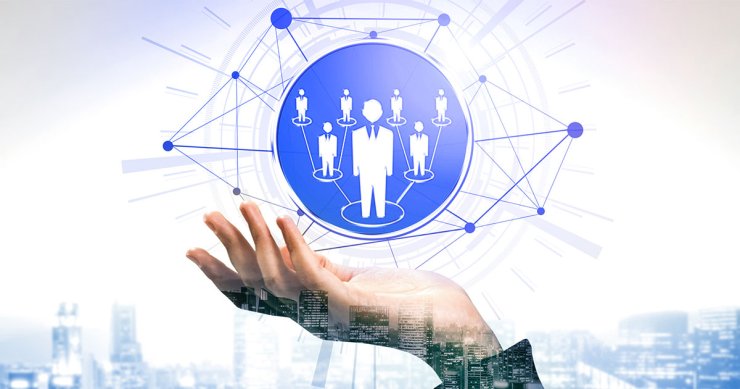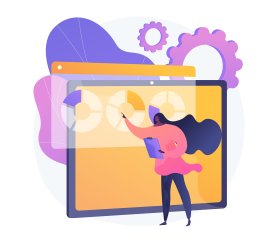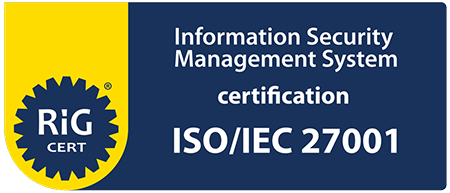HR technology is an essential part of contemporary business. According to Josh Bersin Academy, more than 12.1 million employers in the U.S. alone spend over $5 trillion on payroll, benefits, training, and other employee programs. More than a third of the workforce changes jobs every year, creating a $250 billion-plus market for recruitment, advertisement, assessment, and interviewing. In addition, the learning and development market marks serious growth with over $ 240 billion per year.
Needless to say, the pandemic has radically changed this same market. Companies of all sizes have sent their employees home and are adopting remote work, remote meetings, and remote management at scale. Technologies purchased as experiments have become mission-critical, and every piece of HR technology is moving from "good to have" to "essential to survival." Technologies purchased as experiments have now become critical, and every HR digital tool has gone from "good to have" to "essential to our survival."
One of the most significant shifts among the many that have recently occurred is the move from HR Tech to Work Tech or technologies that we use in the work process - emails, chats, communication platforms, and more. This means that everything we now buy must feel useful and important as a tool for getting work done.
HR applications have massively spread into areas beyond payroll and employee administration. Yes, every company needs a basic system that stores information about its staff (who is in what job, who reports to whom, what level are people, their pay, benefits, schedules, and certifications), but employers need much more. We know that from the highly increased consumption of digital HR tools in the last two years, such as Pulse Check Survey, 360 Feedback, Employee Opinion Survey, Change Indicator, Team Performance Indicator, Talent Portfolio App, etc.
Another significant change from 2021 is something that has been a trend for a while, and this is the focus on employee experience at the workplace - live or remote. The new digital products in this direction include tools for communication, surveying, case management, learning, and development, establishing new work processes, intelligent chatbots, video conferencing platforms, text, voice, and video analysis, etc. These digital products replace the complex and cumbersome employee portals that many companies have built but do not provide employees with the necessary information to perform a specific task or project.
The big story in the last two years is the role of technology in response to the pandemic. While many of us spend hours a day on email, text, or the internet, more and more of our business time is spent in Teams, Workplace by Facebook, Slack, or instant messaging systems on our phones. These conversational interfaces are the most natural way to communicate now, so we need to ensure that all our HR-related applications are designed to function in line with this working model. Witness the numbers: more than 80 million people now use Teams every day, Zoom has more than 100 million total users, and Slack - over 10 million. So we should not be surprised if tools for live video streaming are embedded right into the interface of the classic HRM platforms. Consider how easy and convenient it would be to schedule a meeting if the entire corporate database, training resources, and internal communication systems were integrated into one of these HRM platforms. And this approach has already been applied by many companies in the field.
According to Josh Bersin's study called "HR 3.0"* , one of the ten leading practices for high-performing companies is the focus on employee skills as the currency of success. Companies are desperately trying to define, categorize, and more effectively evaluate and improve the skills of their employees. For more than a decade, we've been listening to how every person needs to be reskilled or upskilled because of the fourth industrial revolution. The truth is that the acquisition of new skills has been a core principle of business since the 1800s. Companies have always made efforts to train and upgrade the skills of their staff. The difference now is how this process is taking place.
Another rapidly evolving that will be observed in the upcoming years is that managers will no longer be the only decision-makers on what you do, how you spend your time, or even how much you make. This will be determined by the market. Think about it from a consumer perspective. When we want to book a flight or a hotel room, we don't just buy them, we shop for them. From day to day, minute by minute, the prices change with demand. This helps us decide what level of service we want, how much quality or timeliness we are willing to pay for, and ultimately what the product or service is worth to us. When demand drops, the price does too, and vice versa – in-demand hotels and flights become more expensive.
This is also the future of the talent market. HR processes like job assignment, goal setting, performance reviews, pay, career planning, mobility, and leadership development are all driven by the marketplace, not the manager. In a talent marketplace, managers serve more like coaches and less like bosses. Talent marketplace platforms, which started as simple search engines to find people and skills with the right jobs, are now becoming the center of the talent management market.
Partly driven by the pandemic, investments in HR tech are the highest in history. Many CEO studies** now show that workforce development, alignment, and employee brand are among the top issues on the minds of CEOs. The pandemic itself has turned HR management, remote work, and safe workplace into factors, which must not be underestimated and should be considered by every business.
- https://www.ibm.com/thought-leadership/institute-business-value/report/hr-3
** Conference Board CEO Confidence Survey, 2019




